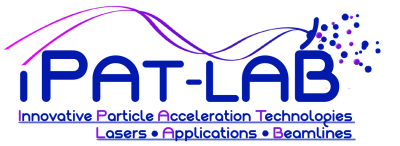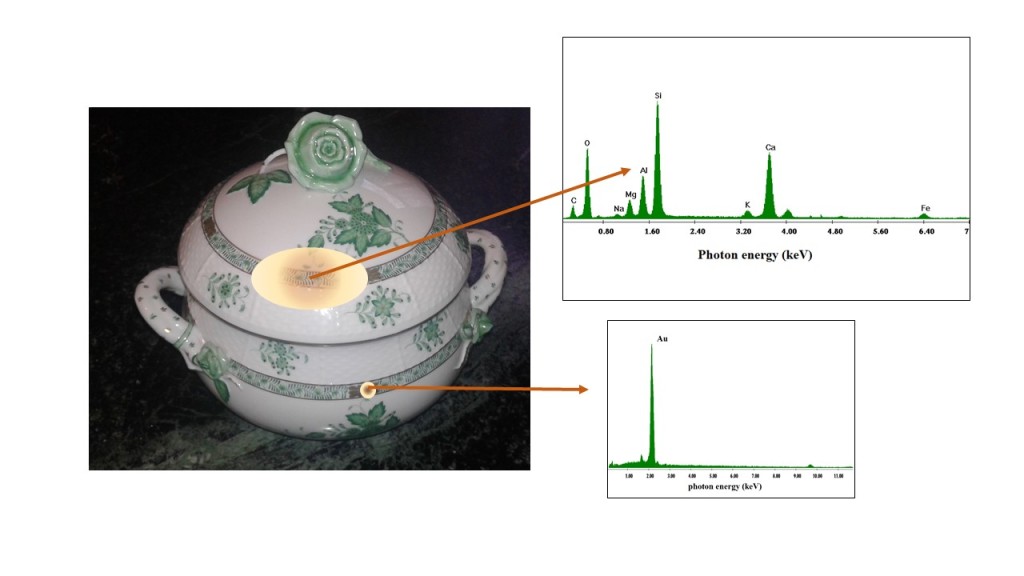In the last decades, strong effort has been put into research of innovative techniques in the field of Physics and Chemistry applied to Cultural Heritage for both, diagnostic and conservations, based on the applications of new materials and investigation methods. The main challenge within the field of cultural heritage is to obtain the greatest number of information without provoking damage to the artifacts, i.e. having an efficient method for diagnostics. Another challenge is the conservation of artifacts without modifying its aesthetical appearance. Chemical and morphological information on artwork are mainly, obtained using surface spectroscopies or other methods based on particle accelerators and are most effective and sensible in laboratory.
Moreover, great interest and economical supports has been devoted from many International Institution to the preservation of historical, artistic, architectural, and cultural heritage. The European Commission and the UNESCO actions for Cultural Heritage are well-known, many historical and cultural sites in Europe benefit of Restoration and Conservation actions of both Institutions, with allocation of tens of bilions of euros for these actions. As example, in the upcoming HORIZON2020 Program, the European Parliament has recently included ‘Cultural Heritage’ as a priority in the proposed funding program of €80 bn from 2014-2015. The inclusion of cultural heritage in HORIZON2020 takes the form of a series of amendments focusing on the contribution of culture to research excellence, social cohesion and growth. A key section reads:
“Accessibility and preservation of cultural heritage [..] is needed for the vitality of engagement within and across European cultures by also considering the importance of cultural heritage as strong economic driver in a post-industrial economy and its contribution to sustainable economic growth.”
The sections of European interest in Cultural Heritage are specified in the “Carvalho Report – Specific Program”. In particular, it can be read in the CA 18 (Industrial Leadership) the objective: “Applying design and the development of converging technologies to create new business opportunities, including the preservation of Europe’s heritage and materials with historical or cultural value. Protecting the cultural heritage: assessment, monitoring and choice of conservationmaterials and techniques, with reference to the environment and energy management, use and maintenance, and integration into contemporary and historical urban surroundings and archaeological and cultural contexts”.
The aim of our research activity in this field is to improve Diagnostic in Cultural Heritage using Laser-accelerated beams. The main objectives are the development of much sensitive and performing equipment for diagnostics on the different materials of interest for cultural heritage (i.e., stones, bronzes, marbles, pottery, etc…). As methodology, the project will make use of laser-driven proton sources for generating X and Gamma ray on materials, the analysis of produced radiation will allow to obtain a complete chemical analysis of material’s bulk, with a spatial resolution of few microns.

